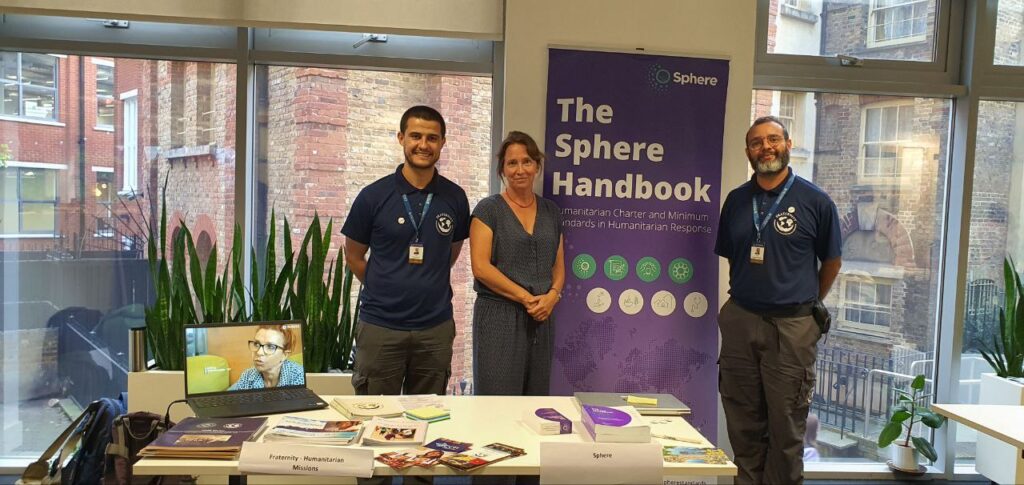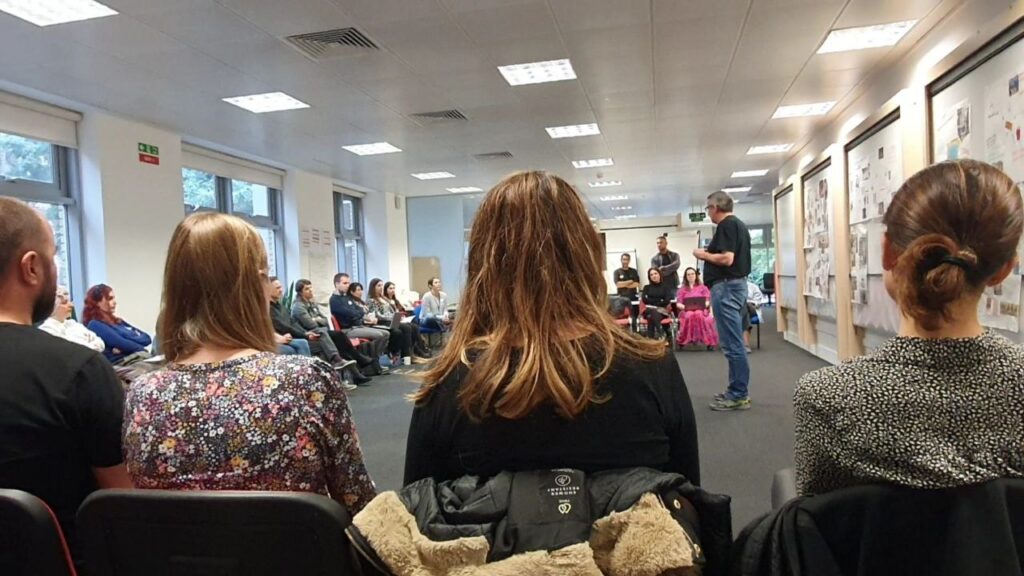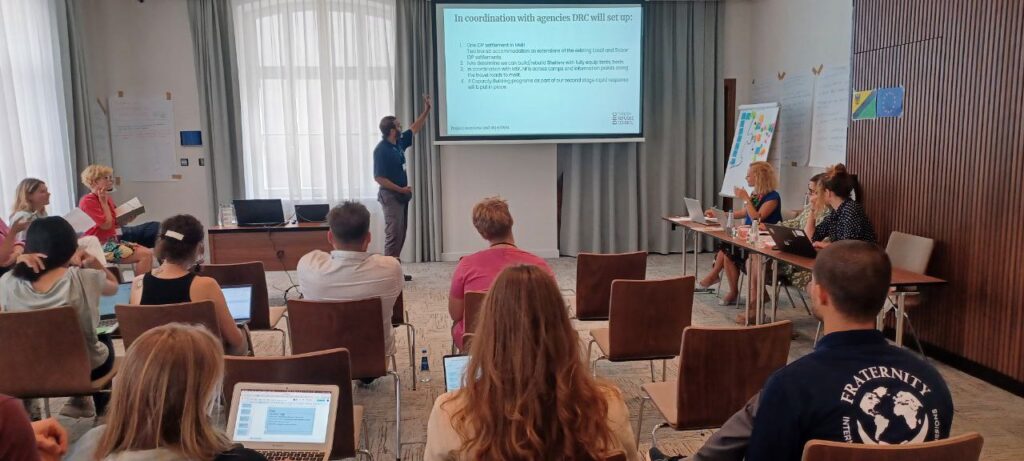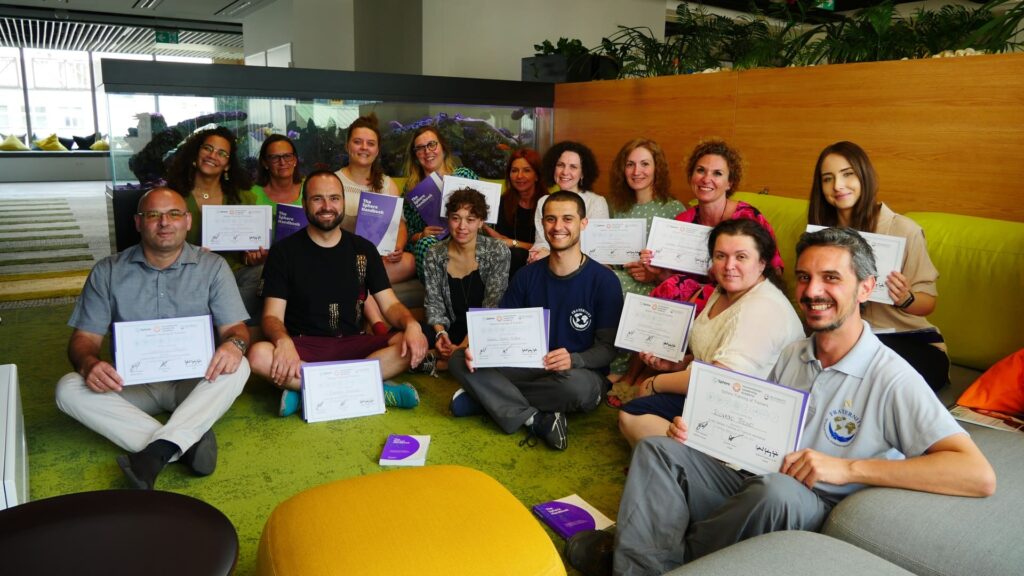According to data from the United Nations (UN), 55% of the world’s population, or 4.2 billion people, live in urban centers. By 2050, an additional 2.5 billion citizens will have chosen a city to take up residence.
In clear observation, the future of humanity is an urban future for which countries, cities, communities, individuals and institutions must organize and cooperate mutually in order to produce knowledge, technologies and education for future generations to mitigate and overcome social, economic and environmental weaknesses of the population.
Given their importance in the constitution of contemporary social fabrics, cities are also present in the 2030 Agenda for Sustainable Development in Goal 11, which proposes “making cities and human settlements inclusive, safe, resilient and sustainable” and received from the UN, a commemorative date, celebrated on October 31st as World Cities Day, intended to promote the international community’s interest in global urbanization, boost cooperation between countries to seize opportunities and address urbanization challenges, and contribute to sustainable urban development throughout the world.

Impacts suffered by contemporary cities
In recent years, the worsening of armed conflicts, economic crises, persecution, the effects of climate change and humanitarian crises have meant that 114 million people are living in situations of forced displacement across the planet, according to a 2023 report by the Agency for UN for Refugees (UNHCR).
The conflict in the Middle East broke out on October 7; therefore, it is outside the period covered by this report, which, therefore, does not take into account its consequences in terms of human displacement.
All of these situations directly impact the quality of life of urban populations, which, like living organisms, are in a constant process of transformation.
In this continuous flow, millions of migrants and refugees arrive in cities in urgent need of humanitarian assistance. These cities that welcome them must maintain a continuous effort to integrate them and guarantee them health conditions, shelter, food, education, protection and well-being.

There would be no way to tackle inequalities without the structured reception of a growing number of people in vulnerable situations arriving in cities.
“In these crisis contexts, large urban centers are especially affected and require an equally specialized approach. The humanitarian response, within this reality, greatly benefits from the perspectives brought by the publication ‘Using Sphere Standards in Urban Scenarios’, a complementary guide to the Sphere Handbook, originally produced in English by the Shpere and translated into Brazilian Portuguese by a team at Irdin Editora in partnership with the Fraternity – International Humanitarian Federation (FIHF)”, explain humanitarian actors Ricardo Treno and Gabriel Cyrilo, who are part of the team of trainers of the Humanitarian Training Intervention Sector of the Fraternity – International Humanitarian Missions (FIHM).
“This document brings distilled experience, lessons learned and indications so that we can adapt our response and intervention to the specificities of life in large cities, which bring their own challenges”, they add.
Training in Sphere Standards
The United Nations Human Settlements Program, UN-Habitat, points out that there are more than 1 billion people living in informal settlements in cities and communities around the world.

“The well-known images of refugee camps in remote places are just a part of the reality of migration and refuge, and the capitals and large cities of countries hit by crises, which welcome people in these conditions, are seen as points of help and offer possibilities of future for people who are experiencing these difficulties”, assess the humanitarian actors.
“In the training sessions developed by the Fraternity – International Humanitarian Missions (FIHM), we transmit this content, not only as additional information, but we seek to encourage participants to reflect on their own experiences, as they already deal with crisis situations and forced migration in urban settings, as was the case with training carried out by the Fraternity – Humanitarian Missions (FIHM) in some European cities such as Athens and Warsaw, which deal directly with this scenario”, they highlight.
A better city for everyone
One of the greatest human creations and generating more than 80% of global GDP, cities are a living ecosystem, not a closed, immutable system; Therefore, there is always the opportunity to correct errors and direct its development towards a more sustainable path, capable of producing a better quality of life and inclusion for all people, as well as promoting awareness and resilience so that humanity can face and overcome, in mutual cooperation, global challenges.






